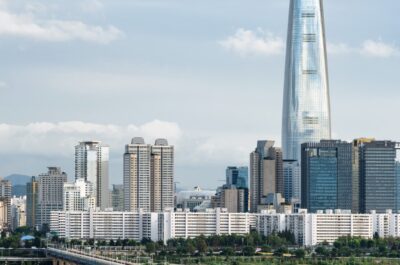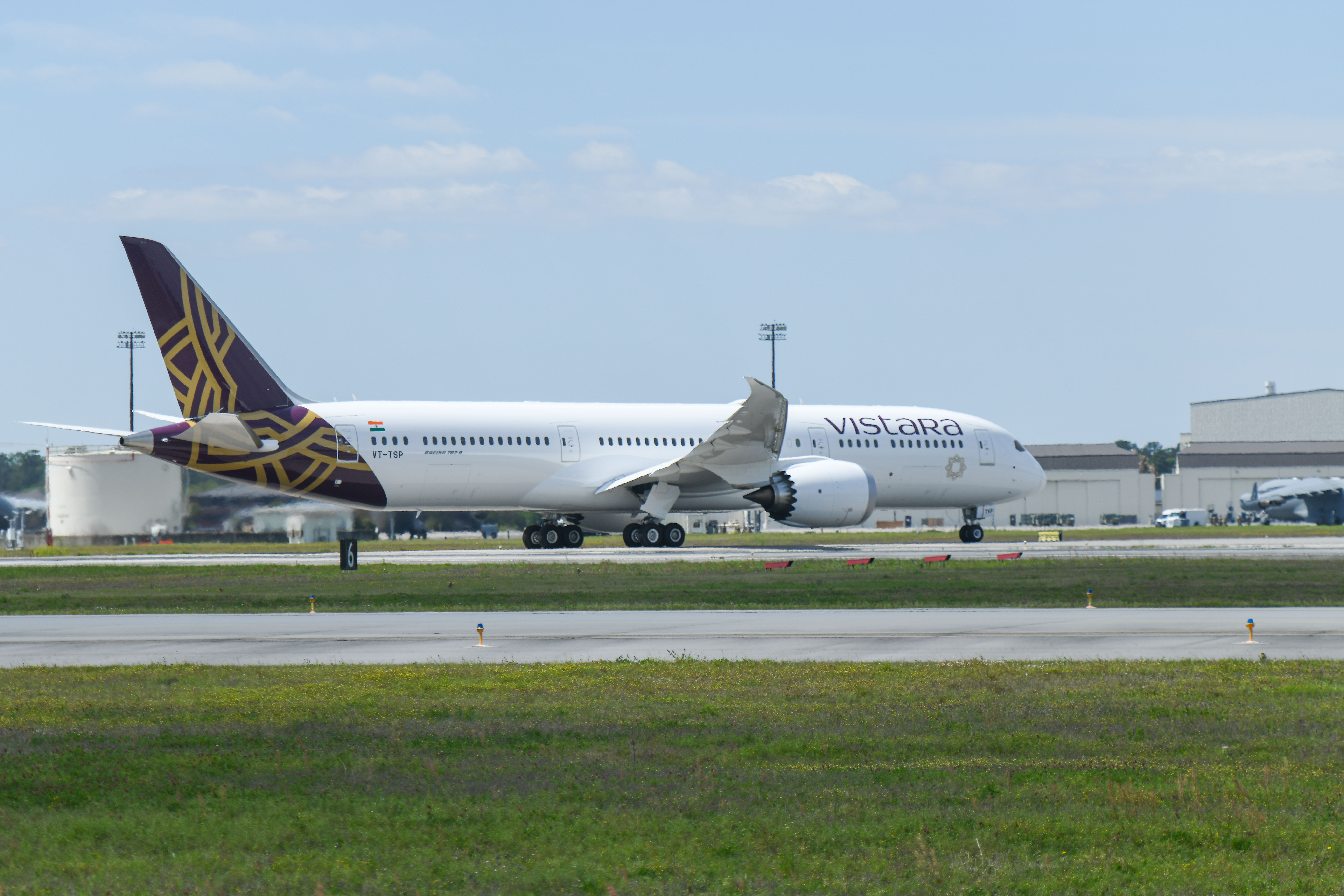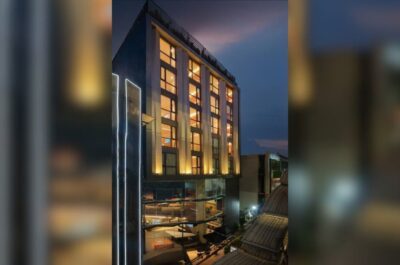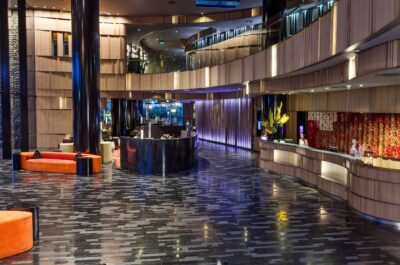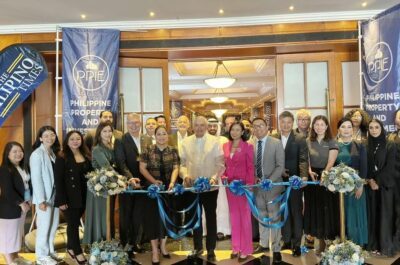A forum about the preservation of culture and its exposition to tourism in Northern Philippines highlighted the necessity to limit tourism development to ensure that Ifugao people staying in Baguio City
BAGUIO – Baguio City is a popular destination in the Philippines. In its height days in the year 2008 and 2009, the city used to welcome up over 800,000 travellers a year, mostly domestic. Some 3,000 rooms in 90 hotels and other commercial accommodation can accommodate tourists. Most of the travellers to Baguio come to discover the famous ifugao rice terraces, listed as a World Heritage Site by the UNESCO.
Although the number of travellers to the city contracted sharply in 2011 – down to 550,000-, experts estimate that the continuous flow of tourists to the region is having an increasingly negative impact. Baguio acts as the main gateway to the famed Banaue rice terraces in Ifugao land.
As tourism offices in Benguet and Baguio City continue to aim to maximize tourist arrivals and their length of stay, a sociologist and an urban planner called on officials to limit tourists to their places for the protection of heritage sites.
At a forum on heritage protection, Mary Anne Alabanzar Akers, Dean of the School of Architecture and Planning in USA’s Morgan State University, said Baguio, La Trinidad, Itogon, Sablan, Tuba and Tublay (BLISTT) areas should set a criterion to determine the carrying capacity of their places.
She said identifying a carrying capacity of tourism areas is vital for the protection of the heritage sites. The urban planner added culture and tourism should be balanced, where culture should not be sacrificed for the development of tourism sites.She added that cultural sacred grounds should not also be intruded into by tourists.
Moreover, Akers said identifying the carrying capacity of each tourism site will help protect the place through observing early signs of destruction like pollution and over population.
She suggested five heritage place-making principles to various non– government organizations, local government officials, and government agencies of the BLISTT on January 4 during the forum on planning for heritage tourism held in Baguio.
Akers, a Baguio–born, said officials should connect the tourism site to its history.
“We should clearly define our values as a team and solicit buy–in from local decision makers; develop an over–all comprehensive plan first; provide strong way finding markers; and one site cannot be everything to everyone. Cater each site to a target group.”
During the open forum, several participants raised issues which showed the conflict between culture and tourism.
HRAB member Kathy de la Rosa admits identifying the carrying capacity is vital in tourism industry of Baguio City.“We can determine if the carrying capacity is already reached if we compromised safety, security, convenience, and comfort [of tourists].” She added it is high time for the city to stop building huge hotels that overcrowds the place.
Luc Citrinot a French national is a freelance journalist and consultant in tourism and air transport with over 20 years experience. Based in Paris and Bangkok, he works for various travel and air transport trade publications in Europe and Asia.





